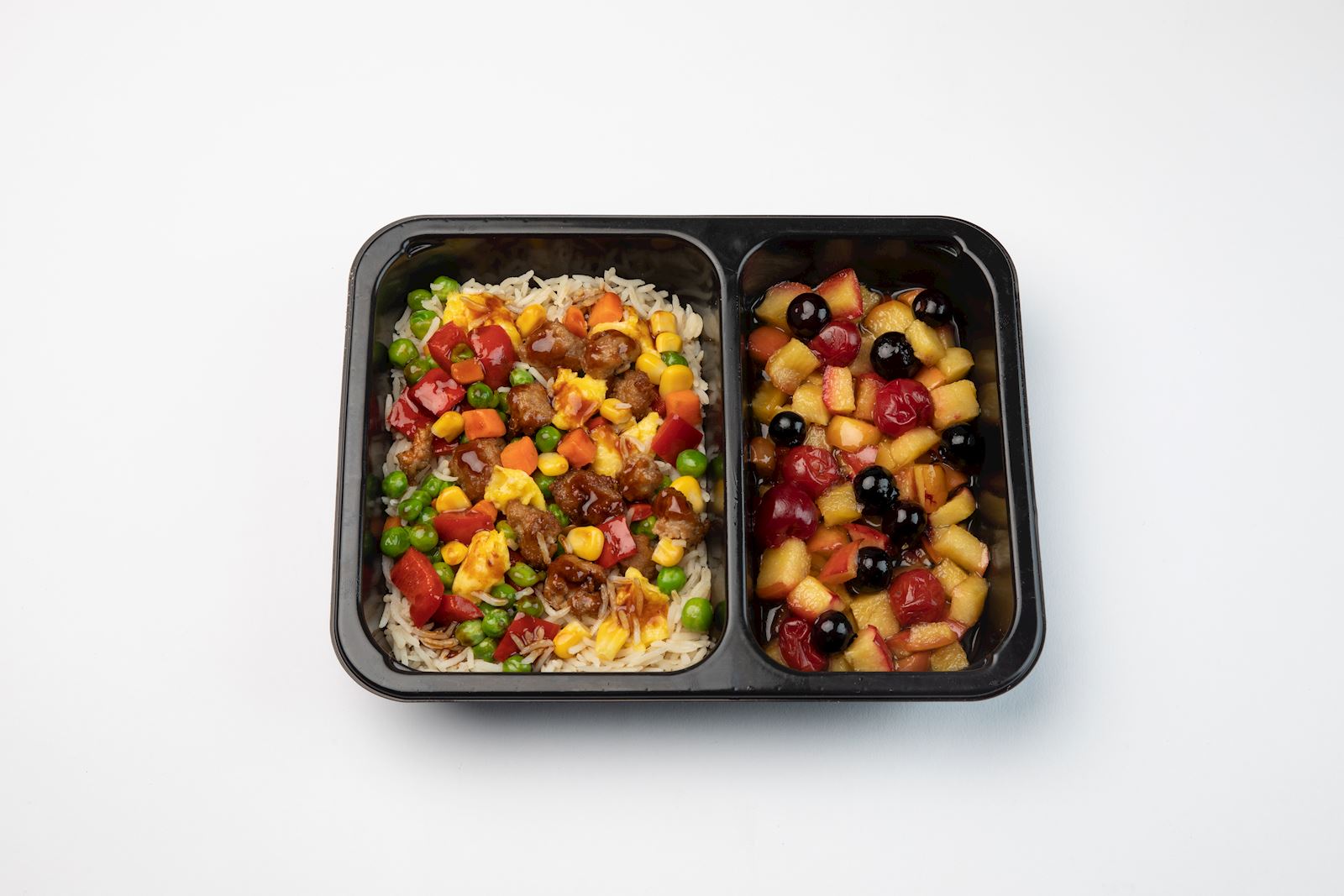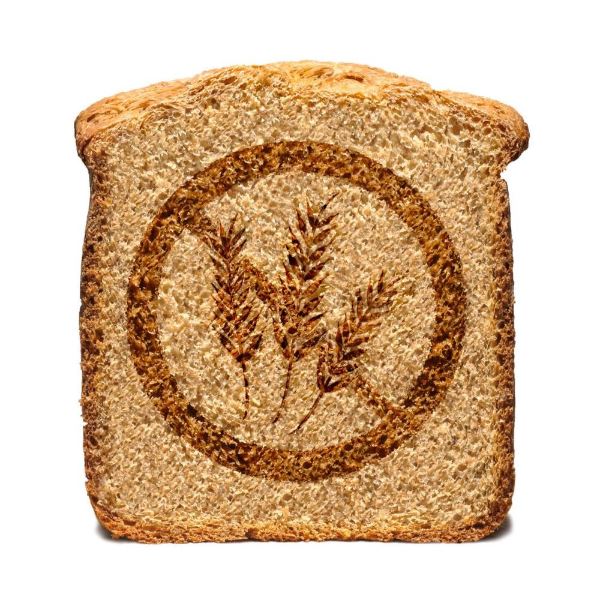For the people who have celiac disease, avoiding gluten is just a matter of skipping bread and pasta, right? Wrong! Gluten is hidden in many products so people who need to avoid it — those living with celiac disease and gluten allergies — must educate themselves to protect themselves. If you need to avoid gluten, use these tips to help become a “gluten sleuth.”
What is gluten?
Gluten is a protein found in wheat and some other grains including barley and rye. It can damage the intestinal tract in people with celiac disease and cause a range of side effects for people with gluten allergies. The good news is that gluten sleuthing has become easier since the implementation of the 2013 FDA Gluten-Free Labeling Rule. It requires food manufacturers that want to add “gluten-free” to their packaging to comply with the FDA’s definition of gluten free, which is that the food has no more than 20 parts per million of gluten.
Since those food labels went into effect, gluten-free labeling has improved dramatically. However, people who are living gluten free should still check the ingredient lists on the foods they buy because gluten can hide in many products. And they need to be vigilant when eating in restaurants and other people’s homes.
5 tips for gluten sleuthing
1. Know the names. Most people who can’t eat gluten know to avoid wheat, barley and rye. But did you know that malt used in wheat is germinated, dried barley? And wheat comes in many forms including semolina, farina, emmer, faro, udon and spelt? Educating yourself on the different names of grains and the ingredients they’re in will help you read the food labels more effectively.
2. Be sauce savvy. Salad dressings, marinades, ketchups and mustards can be sources of hidden gluten because they may contain malt, made of barley; soy, made of fermented, crushed wheat; or modified food starch made from wheat.
3. Check your meds. Many people are surprised to learn that some medications and supplements use gluten as a coating or filler. Before you purchase over-the-counter medicine, vitamins or supplements, check the labels. If you need a prescription, talk with your doctor about gluten-free options.
4. Meet the meat case. Processed meats including deli meat, hot dogs and sausages may have gluten additives. Also beware of meats sliced at the deli counter. Deli workers use the same slicers and knives for many products, creating a high risk for cross-contamination — when a gluten-free food contacts an item containing gluten via a knife, cutting board or container.
Other hidden sources of gluten in the meat category are vegetarian and vegan meat substitutes, such as veggie burgers, sausages and bacon crumbles. They’re often made with seiten which is made from wheat gluten, or they include wheat gluten as a binder.
5. Watch out when eating out. Avoiding gluten can be especially tricky when eating at a restaurant or someone’s home. Being informed and assertive are key.
When dining out, choose a restaurant that specializes in gluten-free items and preparation. Cross-contamination from utensils and even oil used for frying can be an issue for people with celiac disease. Be sure to let your server know that you must avoid gluten. When ordering, focus on simply prepared dishes and on the meat, fish and chicken options.
When you’re at someone’s home, let your host know in advance that you need to avoid gluten and offer to bring a dish you can eat. Consider eating before the event so you aren’t as hungry and tempted to eat things you shouldn’t.
Being a gluten sleuth isn’t easy — it takes time, education and vigilance. Remember the fresher the better. Fresh vegetables, fruits, eggs, fish and meat are naturally free of gluten. And when in doubt, leave it out of your cart and off your plate.
Mom's Meals® can help
If you or a loved one is living with celiac disease or needs to watch out for gluten, Mom’s Meals helps take the guesswork out of eating gluten free. No sleuthing is required with our gluten-free meals conveniently delivered direct to your home.
All options on our gluten-free menu:
- Contain less than 20 ppm of gluten in each meal
- Are prepared following FDA guidelines
- Have been tested using the ELISA method to assess food for gluten
- Are created in our USDA-inspected kitchens following strict rules to ensure they are gluten free



